Nicaragua, the largest country in Central America, is home to exceptional biodiversity. Its 68 terrestrial and aquatic ecosystems support over 14,000 species of invertebrates and around 1,800 species of vertebrates. However, habitat degradation, fragmentation, and loss have placed many of Nicaragua’s native animals at serious risk of extinction.
In this article, we present a list of 42 endangered animals in Nicaragua, providing scientific names and important facts to raise awareness and promote conservation.
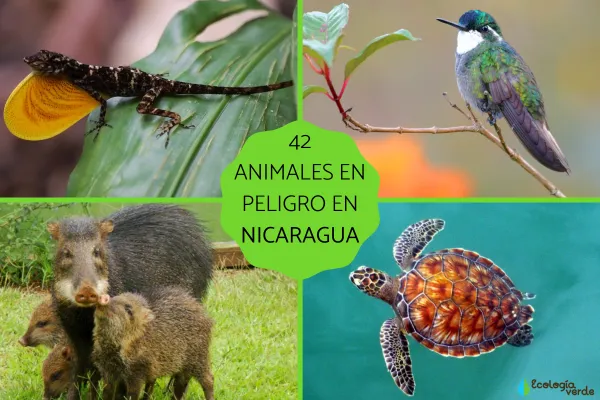
The giant anteater is one of South America’s most iconic mammals, with a range that spans from Guatemala to northern Argentina. It inhabits forests, grasslands, and savannas, feeding primarily on ants and termites using its sticky tongue. These solitary, toothless animals are highly vulnerable to deforestation, especially from palm and rice plantations and cattle farming.
IUCN Status: Vulnerable (VU)
Nicaragua Red List: Endangered (EN)
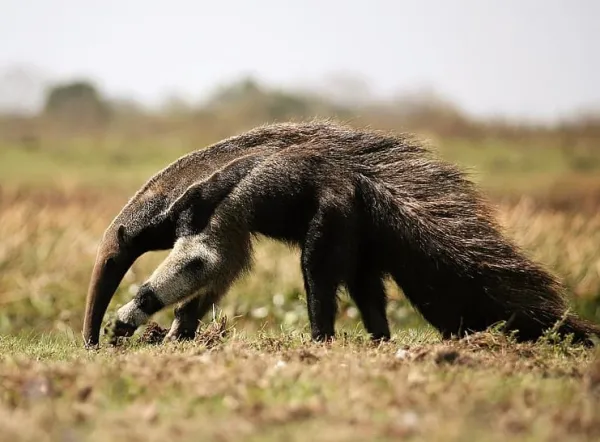
This is one of the most threatened primates in Nicaragua. It inhabits tropical forests, including evergreen and semi-deciduous forests, often found in high tree canopies. It primarily feeds on fruits.
Major threats include habitat fragmentation, hunting, and the pet trade.
IUCN Status: Endangered
Nicaragua Red List: Endangered
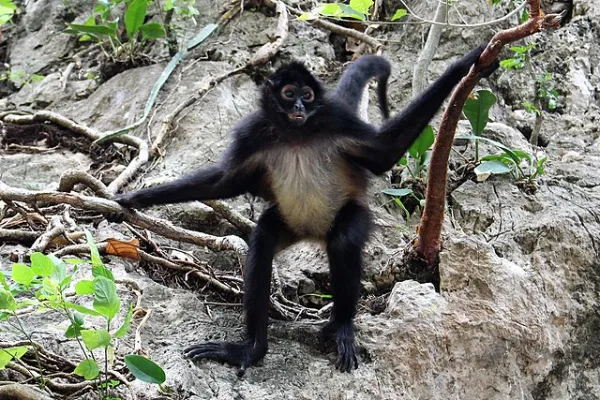
The jaguar is the largest feline in the Americas, known for its strength and swimming ability. It inhabits dense forests near water bodies such as swamps and rivers. Jaguars are opportunistic carnivores, hunting a wide range of prey.
This majestic species is threatened by poaching, water resource disruption, and deforestation.
IUCN Status: Near Threatened (NT)
Nicaragua Red List: Endangered (EN)
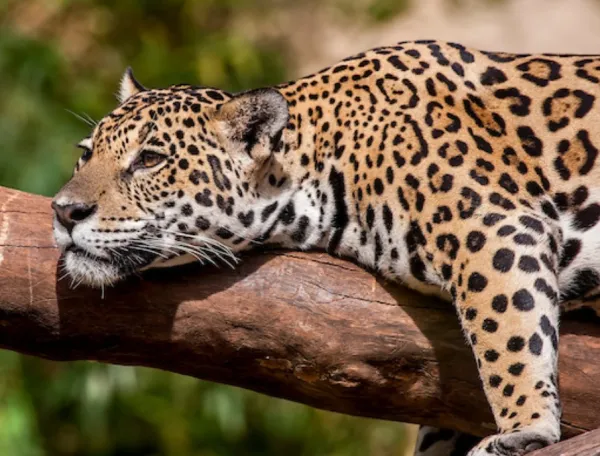
Native to tropical forests from southern Mexico to Colombia and Ecuador, this large bird feeds on fruits and seeds. It prefers lowland and premontane rainforests.
Hunting and deforestation have significantly reduced its population.
IUCN Status: Vulnerable (VU)
Nicaragua Red List: Endangered (EN)
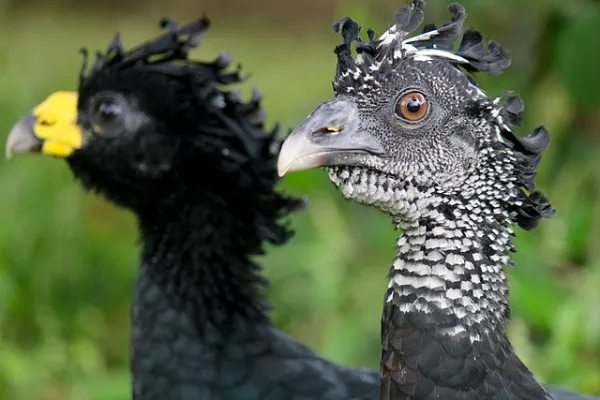
This oviparous lizard species is found in Nicaragua, Costa Rica, and Panama. It lives in humid, mountainous forests and feeds on insects and arthropods.
Habitat loss due to agriculture, cattle ranching, and logging has caused sharp declines in its population.
IUCN Status: Not evaluated
Nicaragua Red List: Endangered (EN)
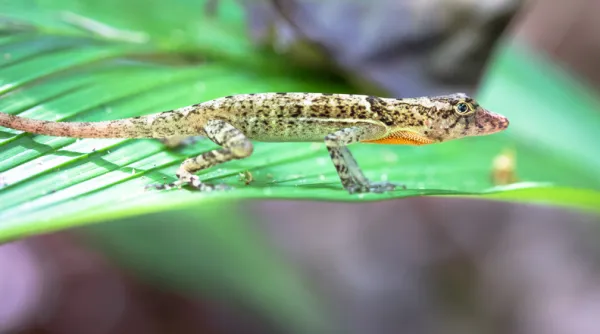
Yellow-throated Big-eared Bat (Lampronycteris brachyotis)
Pale-vented Lance-nosed Bat (Phylloderma stenops)
Luis’s Yellow-shouldered Bat (Sturnira luisi)
Central American Fruit Bat (Artibeus inopinatus)
Pale Tent-making Bat (Uroderma magnirostrum)
Thumbless Bat (Furipterus horrens)
Spix's Disk-winged Bat (Thyroptera discifera)
Richmond’s Squirrel (Sciurus richmondi) — endemic
Southern Flying Squirrel (Glaucomys volans)
Rama Rice Rat (Oryzomys dimidiatus) — endemic
Highland Harvest Mouse (Reithrodontomys paradoxus)
West Indian Manatee (Trichechus manatus)
Baird’s Tapir (Tapirus bairdii)
White-lipped Peccary (Tayassu pecari)
Great Tinamou (Tinamus major)
Muscovy Duck (Cairina moschata)
Highland Chachalaca (Penelopina nigra)
Rufous-vented Ground-Cuckoo (Neomorphus geoffroyi)
Sibila Hummingbird (Lampornis sybillae)
Abeillé's Hummingbird (Abeillia abeillei)
Jabiru Stork (Jabiru mycteria)
Crested Eagle (Morphnus guianensis)
Common Raven (Corvus corax)
Red Crossbill (Loxia curvirostra)
Morelet’s Alligator Lizard (Mesaspis moreletti)
Talamanca Rocket Frog (Allobates talamancae)
Leaf Litter Frog (Craugastor lauraster)
Earthworm Salamander (Oedipina nica)
Painted-belly Tree Frog (Ecnomiohyla pictiventris)
Green Sea Turtle (Chelonia mydas)
Costa Rican Blind Snake (Amerotyphlops costaricensis)
Bicolored Snail-eater (Dipsas articulata)
Koehler’s Salamander (Oedipina koehleri)
Northern Dwarf Boa (Ungaliophis continentalis)
Southern Dwarf Boa (Ungaliophis panamensis)
Banded Coffee Snake (Urotheca pachyura)
Highland Stream Frog (Ptychohyla hypomykter)
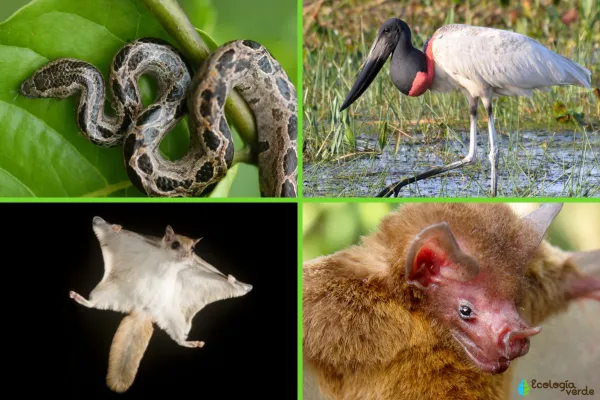
Protecting Nicaragua’s rich biodiversity requires urgent action. Here are key strategies to help preserve endangered wildlife:
Expand protected areas and enforce conservation laws.
Educate local communities on the importance of wildlife preservation.
Ban illegal hunting and deforestation activities.
Support wildlife monitoring and research programs.
Promote sustainable agriculture and eco-tourism.
Conserving these species is not just about saving animals — it’s about preserving the health of entire ecosystems and the future of Nicaragua.
Interested in more species? Explore our full section on [Endangered Animals].
References
Red List of Mammals of Nicaragua: http://www.bio-nica.info/RevNicaBiodiv/30-ListaRojaMamiferosNicaragua.pdf
animal tags: endangered animals in nicaragua
We created this article in conjunction with AI technology, then made sure it was fact-checked and edited by a Animals Top editor.